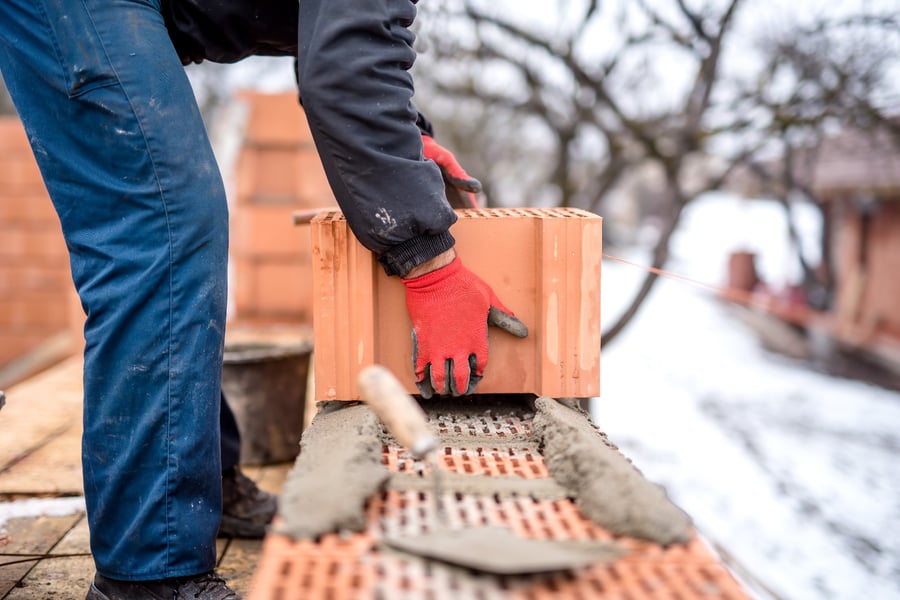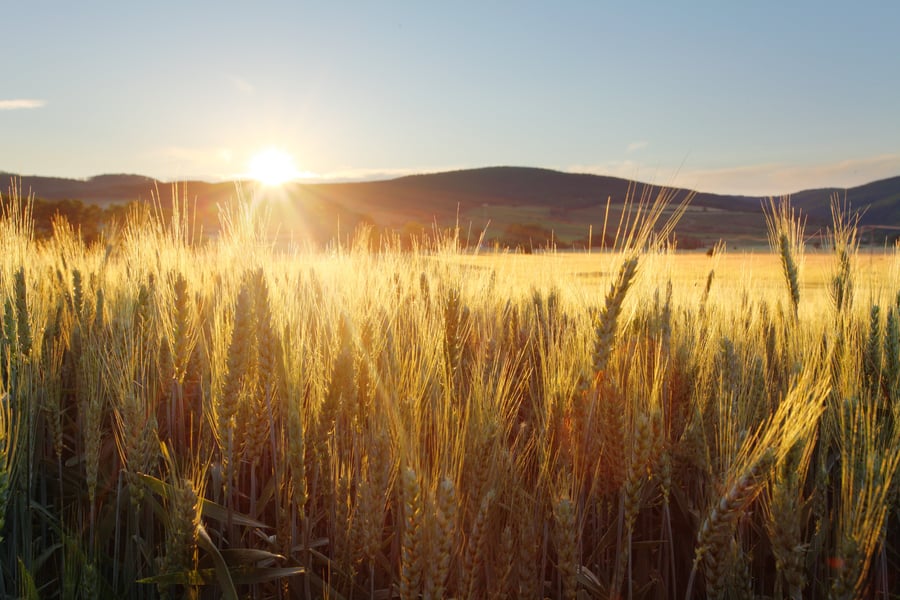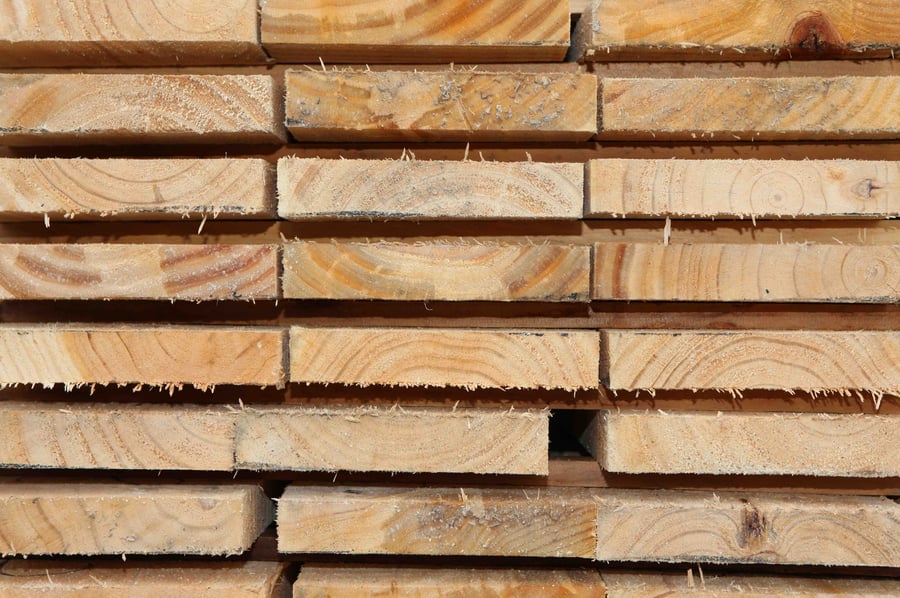How to Determine if your Moisture Meter is Accurate

There are a slew of moisture meter manufacturers available for consumers and two tools, pin-type and pin-less moisture meters, that measure the moisture content of a material.
Determining whether a faulty moisture content reading is from user error or whether the inaccuracy is due to a faulty moisture meter can sometimes be difficult to differentiate.
Moisture Meter’s Accuracy
So how do you determine the accuracy of a moisture meter? Well, there are a few ways to go about this. You can determine the faultiness of a moisture meter by eliminating some common user errors listed a little later in this post that can lead the user to believe their moisture meter is inaccurate or faulty.
Or, you can determine if your moisture meter is accurate by:
- Getting a reliable device to start with. A moisture content reading is only as good as its calibration. For example, at Delmhorst, moisture meter calibration is of utmost importance, and their calibration is traceable to the National Institute of Standards and Technology. Buying a moisture meter with built-in calibration checks can also help you quickly determine if the readings you're getting are accurate.
- Checking for signs of damage. Delmhorst manufactures durable moisture meters suited to the harsh environments they tend to be used in, but they can still get damaged through improper use and a lack of care. Verifying that your moisture meter is undamaged can help you determine whether your moisture meter is still producing accurate moisture content readings.
- Testing an area multiple times with the same moisture meter to ensure that similar results are produced each time for accurate readings.
Also, the user can compare one meter's reading to an identical reference moisture meter to determine whether or not the readings of the moisture meter being tested are accurate or not.
Misleading User Errors
Here are a few things to consider when checking the accuracy of moisture meter readings which are more commonly associated with user error, but can sometimes be indicative of a faulty moisture meter as well:
- The material you are testing can be the main cause of inaccurate moisture content reading results. For example, agricultural products like cotton, and building materials such as wood or concrete, require different moisture meter reading scales. You want to be sure you are using the right type of moisture meter for the right material. Knowing and using the right moisture meter, wheather it's a pin-type or pinless meter, can help the user bypass the hassle of wondering whether the moisture meter is faulty.
- The temperature of the material being tested is another consideration when using a moisture meter to retain a moisture content reading. For example the %MC reading of wood can be skewed when taking measurements with a pintype meter if the internal temperature of the wood sample is high. This is because at higher temperatures, the electrical resistance of the wood decreases, resulting in a false high reading.
- Batteries do not last forever, so sometimes the reading screen may look faded or the numbers may appear distorted; at other times, the moisture meter may just not turn on. Check and replace the batteries if you notice faded reading screens or if the meter fails to turn on at all.
To determine the accuracy of your moisture meter reading, make sure its batteries are charged, you are using the right moisture meter for the corresponding material, and make sure to adjust for wood temperature in order to obtain a proper %MC reading.
Determining the accuracy of a moisture meter can be difficult, but with proper care, calibration and use the process can be reduced and eliminate the associated guess work.
Subscribe to Our Blog
Post Related

What Moisture Meter Works Best for Winter Restoration


